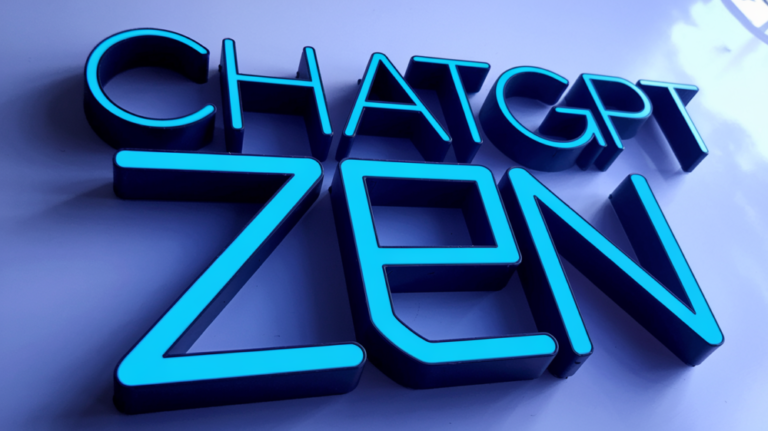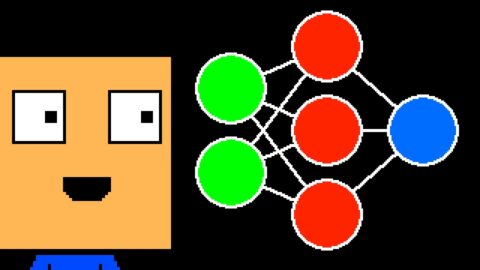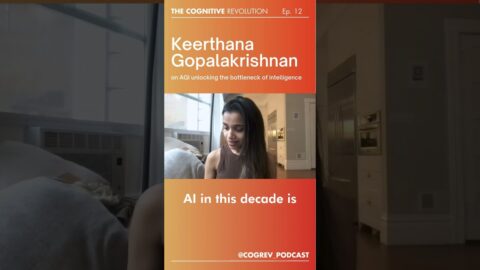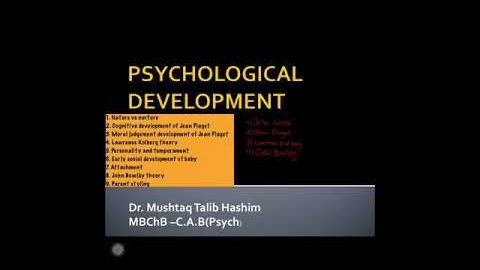Artificial intelligence has come a long way since its inception in the 1950s. What started as a theory about machines that could learn and think like humans has evolved into a reality that is now a part of our daily lives. Today, we are going to take a deep dive into the history and evolution of AI, and explore its capabilities and potential applications.
In the 1950s, computer scientists began to explore the concept of AI. They were interested in developing machines that could reason, learn, and problem-solve like humans.In the 1960s and 70s, researchers developed the first AI systems, which were used primarily for pattern recognition and decision-making. These systems were called rule-based systems, as they relied on a set of pre-defined rules to make decisions.The 1980s and 90s saw the development of expert systems, which were designed to solve complex problems in specific domains. These systems were based on the knowledge of human experts in the field.
The turn of the millennium saw the emergence of machine learning, a form of AI that allows machines to learn from data without being explicitly programmed.
Today, machine learning is at the heart of many AI applications, including natural language processing, computer vision, and predictive analytics. Narrow AI, or AI that is designed for specific tasks, is now common in many industries, from healthcare to finance to manufacturing.
But the ultimate goal of AI researchers is to create general AI, machines that can reason and think like humans across a wide range of tasks.
As AI continues to evolve, we are left with many questions about its impact on our lives and society. What is the potential of AI, and how will it shape our future.
One of the most promising areas of AI is natural language processing, the ability of machines to understand and generate human language. This is where Chat GPT comes in, a cutting-edge technology that is changing the way we communicate with machines.
Chat GPT can be used to generate text for a wide range of applications, from virtual assistants to customer service bots to content creation tools.
One of the key advantages of Chat GPT is its ability to learn from large amounts of data, making it an extremely versatile tool for a variety of tasks.
The applications of Chat GPT are wide-ranging and diverse. From customer service bots to virtual assistants, Chat GPT is revolutionizing the way we communicate with machines."
(Shot of a person interacting with a customer service bot)
One of the most popular uses of Chat GPT is in chatbots, which are computer programs designed to simulate conversation with human users.
(Shot of different chatbot interfaces)
Chatbots can be used for a variety of purposes, from customer support to sales to content creation."
(Shot of a chatbot providing customer support)
Another application of Chat GPT is in virtual assistants, which are designed to help users with tasks like scheduling, reminders, and searching for information."
(Shot of a virtual assistant on a phone)
Virtual assistants like Siri and Alexa have become a part of our daily lives, and Chat GPT is poised to take these technologies to the next level.













